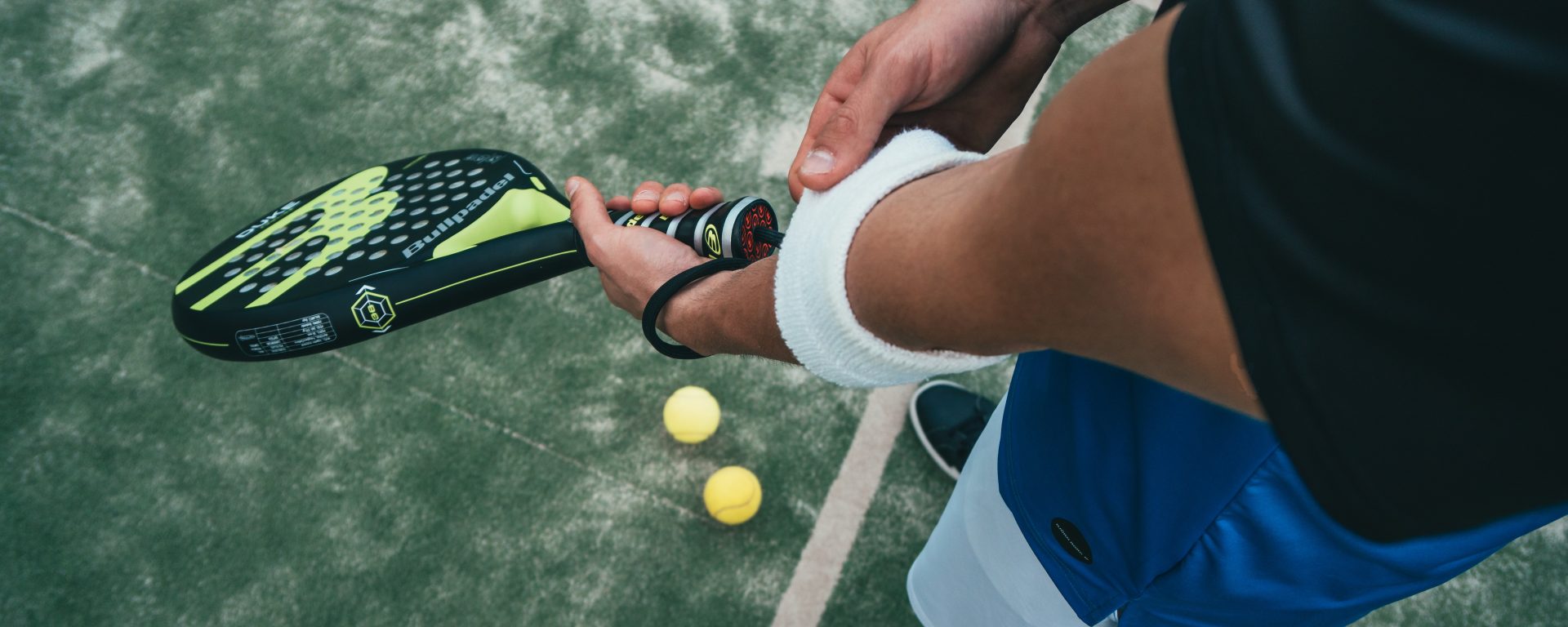In 2009, study conducted by Mohsen Radpasand and Edward Owens has explored the potential of multimodal therapies for addressing chronic tennis elbow. Chronic lateral epicondylitis, is commonly known as tennis elbow, can be a debilitating condition characterized by persistent pain and functional impairment. Finding effective treatment strategies for this condition is crucial for improving the quality of life for affected individuals. The study aimed to develop and test protocols for a randomized clinical trial (RCT) that could shed light on the efficacy of two distinct multimodal treatment packages.
The study enrolled a total of six participants who had been suffering from chronic tennis elbow. The participants were carefully selected based on a case review and then randomized into one of two groups: Group A consisted of four individuals, while Group B comprised two participants.
- Group A received a combination of treatments, including high-velocity low-amplitude manipulation, high-voltage pulse galvanic stimulation, counterforce bracing, icing, and specific exercises.
- Group B received a different set of interventions, which included ultrasound therapy, counterforce bracing, and a specific exercise regimen.
Both groups underwent 12 weeks of active care, during which they were instructed to limit the usage of the affected elbow. To monitor progress and assess the effectiveness of the treatments, participants were asked to complete a visual analog scale and the Patient Rated Tennis Elbow Evaluation on a weekly basis. Additionally, pain-free grip strength tests were conducted at various time points: baseline, the end of the third, sixth, ninth, and twelfth visits.
Remarkably, despite the small sample size, both Group A and Group B exhibited significant changes in all outcome variables throughout the 12-week treatment period. Notably, only one participant from Group A discontinued the study before completing the care protocol.
Perhaps the most important outcome of this pilot study was the calculation of the sample size required for a larger future randomized clinical trial. Based on the initial findings, it was determined that a substantial cohort of 246 participants would be necessary to carry out a comprehensive investigation into the differential effects of the two treatment strategies.
This pilot study has provided valuable insights into the feasibility of conducting a 12-week trial involving multimodal treatment for chronic tennis elbow. The results suggest that the study design is practical, and patients can be successfully recruited for such an endeavor. While the initial findings are promising, a larger-scale trial conducted in a multicenter setting is warranted to further elucidate the nuances of these treatment strategies and discern potential differences in their effectiveness.
In summary, this study represents a significant step forward in the pursuit of improved therapies for chronic tennis elbow. By laying the groundwork for a larger, more comprehensive clinical trial, it opens the door to potentially transformative treatments that could alleviate the suffering of those afflicted with this challenging condition.
Reference: Radpasand, M., & Owens, E. (2009). Combined multimodal therapies for chronic tennis elbow: pilot study to test protocols for a randomized clinical trial. Journal of manipulative and physiological therapeutics, 32(7), 571-585.
